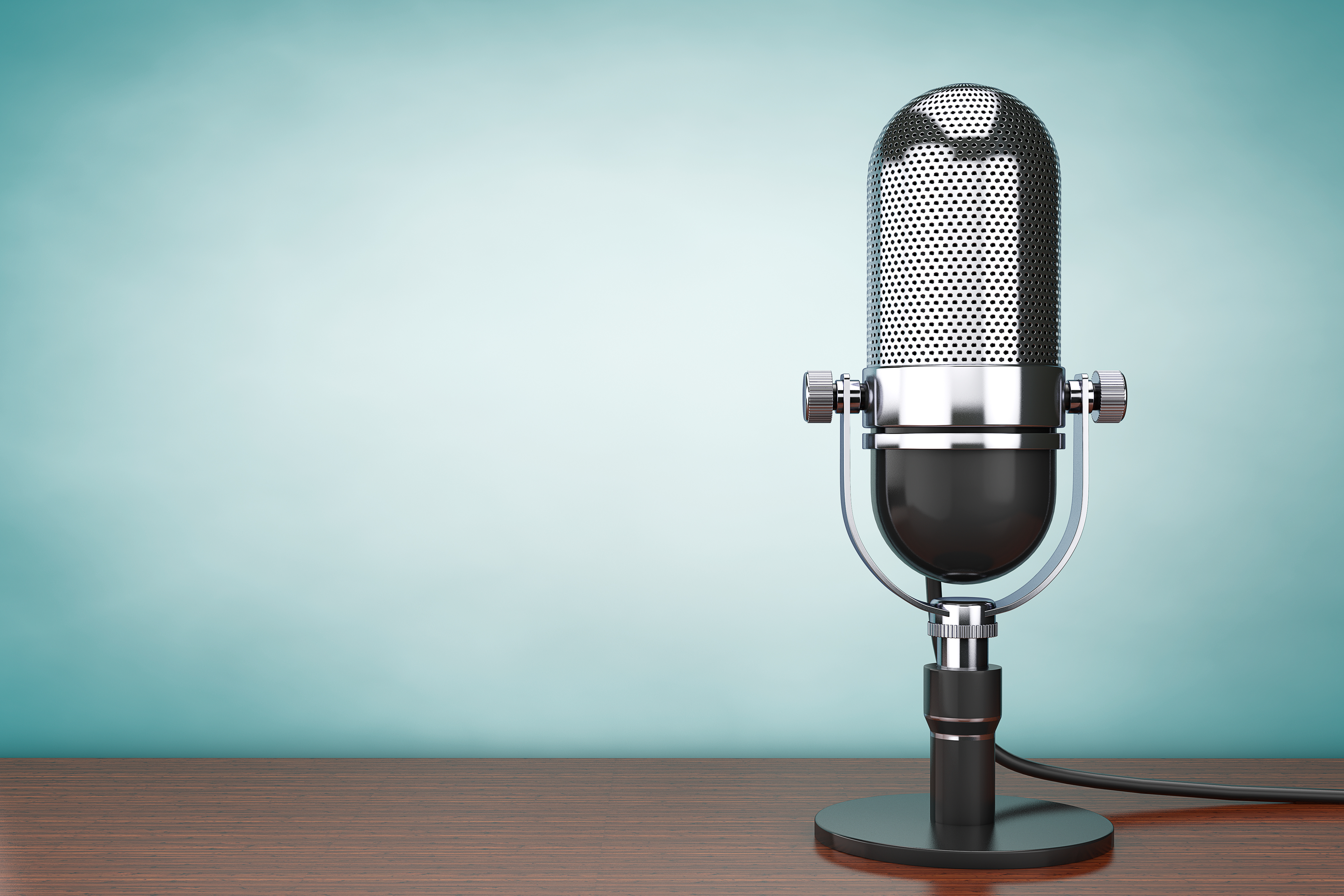“By pursuing separate invalidity theories of its own making, the PTAB becomes inherently and improperly vested in a negative outcome for patent owners. This is simple human nature, no matter how rational or reasoned PTAB judges attempt to be.”
Editor’s Note: The authors are submitting a petition for en banc rehearing to the U.S. Court of Appeals for the Federal Circuit on behalf of Lone Star Silicon Innovations in the case of Lone Star Silicon Innovations LLC v. Iancu.
 The America Invents Act (AIA) outlines an adversarial, inter partes, process for reviewing patents and determining their validity. Patent owners deserve a fair process, presided over by entirely neutral decision makers. But AIA trials are corrupted when judges at the Patent Trial and Appeal Board (PTAB) expand the trial proceedings to address invalidity grounds beyond those asserted in the IPR petition. When considering whether appellate review is available to prevent the PTAB from invalidating patent claims based on grounds not asserted in the petition, however, different Federal Circuit panels have arrived at different outcomes.
The America Invents Act (AIA) outlines an adversarial, inter partes, process for reviewing patents and determining their validity. Patent owners deserve a fair process, presided over by entirely neutral decision makers. But AIA trials are corrupted when judges at the Patent Trial and Appeal Board (PTAB) expand the trial proceedings to address invalidity grounds beyond those asserted in the IPR petition. When considering whether appellate review is available to prevent the PTAB from invalidating patent claims based on grounds not asserted in the petition, however, different Federal Circuit panels have arrived at different outcomes.
Pursuing New Grounds Leads to Anti-Patent Outcomes
To initiate trial proceedings, the AIA requires a petitioner to identify grounds of invalidity, including evidence and arguments. See 35 U.S.C. § 311 (petitioner initiates IPR). Specifically, the petition must identify “with particularity, each claim challenged, the grounds on which the challenge to each claim is based, and the evidence that supports the grounds for the challenge to each claim.” 35 U.S.C. § 312(a). If the PTAB initiates a trial, the petitioner’s grounds are then evaluated by PTAB judges in view of contrary evidence and arguments marshalled by the patent owner. See 35 U.S.C. § 318(a). The burden of proof never shifts to the patent owner. See Aqua Prods. Inc. v. Matal, 872 F.3d 1290, 1296 (Fed. Cir. 2017) (en banc). Indeed, the patent owner is not even permitted to address alternative invalidity theories that potentially could have been raised by the petitioner. The AIA defines the patent owner response as “a response to the petition . . . after an inter partes review has been instituted. 35 U.S.C. § 316(a)(8) (emphasis added). And the USPTO’s regulations and trial practice guide only permit the patent owner to file “a response to the petition,” further explaining that the “patent owner response is filed as an opposition.” 37 C.F.R. § 42.120 (emphasis added); see PTAB Consolidated Trial Practice Guide, at 64–65 (Nov. 2019).
By pursuing separate invalidity theories of its own making, the PTAB becomes inherently and improperly vested in a negative outcome for patent owners. This is simple human nature, no matter how rational or reasoned PTAB judges attempt to be. Appellate review and prohibition of new grounds is the only way to control the scope of AIA trial proceedings and the only way of guaranteeing that the PTAB remains a neutral arbiter of the specific invalidity issues raised by the petitioner. The “no appeal” rule explicated in 35 U.S.C. § 314(d) does not foreclose judicial review of such issues because the rule “does not enable the agency to act outside its statutory limits.” SAS Institute Inc. v. Iancu, 138 S.Ct. 1348, 1359 (2018) (internal quotes omitted).
A Split Circuit
Nevertheless, various panels of the Federal Circuit have disagreed over whether the scope of AIA trial proceedings can be reviewed on appeal. Most recently, a Federal Circuit panel led by Judge Lourie held that appellate review is not available to limit the PTAB to the grounds identified by the petitioner. According to Judge Lourie, such a “challenge is directed to the Board’s institution decision, which is not appealable.” Lone Star Silicon Innovations LLC v. Iancu, Case No. 19-1669, slip op. at 7, 2020 WL 1487265 (Fed. Cir. Mar. 25, 2020). To arrive at this holding, Judge Lourie relied upon the “no appeal” rule in § 314(d) in tandem with the Supreme Court reasoning in Cuozzo Speed Technologies v. Lee.
But Judge Lourie’s Lone Star decision splits with recent precedent from Koninklijke Philips N.V. v. Google LLC, in which a different Federal Circuit panel held that “the Board erred by instituting inter partes review based on a combination of prior art references not advanced in Google’s petition.” 948 F.3d 1330, 1335 (Fed. Cir. 2020). The Philips court considered key statutory provisions and also invoked the Supreme Court’s SAS Institute decision in reasoning that, “[f]rom the outset, we see that Congress chose to structure a process in which it’s the petitioner, not the Director, who gets to define the contours of the proceeding.” Id., citing SAS Institute, 138 S.Ct. at 1355. In short, the “no appeal” clause in § 314(d) does not preclude a judicial remedy when the PTAB exceeds its statutory bounds by creating a new ground of invalidity.
The Supreme Court’s recent decision in Thryv, Inc. v. Click-to-Call Technologies, LP, also does not preclude review of these issues. See Case No. 18-916, 2020 WL 1906544, 590 U.S. __ (Apr. 20, 2020). Thryv applied the “no appeal” provision of § 314(d), and the Supreme Court’s prior holding in Cuozzo regarding its scope, to the time-bar provision of §315(b). Id., slip op., at 7, 13. Thryv reiterated, however, that patent owners remain free to protect patent claims from wrongful invalidation by appealing from final decisions. Id., slip op., at 10. And Thryv confirmed the availability of judicial review of the manner in which an IPR review proceeds once instituted. Id., slip op., at 12.
Inadequate Remedy
AIA trials are supposed to provide a streamlined process by relying on the petition to define the scope of the trial. As discussed above, the patent owner can file a response after institution of the trial. The petitioner then files a reply, which is its opportunity to discredit the patent owner response. This can be an efficient means for homing in on the disputed issues raised by the specific invalidity theories presented in the petition itself. If the petitioner’s reply asserts new evidence and arguments in support of those same theories (such as additional evidence demonstrating the knowledge of one skilled in the art or of motivation to combine teachings in the prior art in the manner alleged), this new information can now be addressed through a patent owner sur-reply. See PTAB Consolidated Trial Practice Guide, at 73–74.
When the grounds of invalidity are permitted to change throughout the proceeding, however, the patent owner faces extreme prejudice. The petitioner’s reply brief then becomes a tool of ambush, likely the first thorough exposition of the new alternative ground. And it comes after the patent owner has filed its response and deposed petitioner’s expert. A patent owner sur-reply is an inadequate remedy. The PTAB’s rules regarding sur-replies are quite restrictive and the patent owner lacks the opportunity to fully develop responsive arguments and evidence when a new combination of references or invalidity rationale appears for the first time after discovery is closed. In short, when the PTAB introduces or otherwise permits new grounds into the proceedings, it subverts the efficient course of briefing that was core to the design of AIA trials.
Congress recognized the need for separate ex parte and inter partes procedures for reconsidering issued patents. Ex parte reexamination provides a separate mechanism by which the USPTO can reconsider an issued patent. The Director can, sua sponte, raise issues for ex parte reexamination. Once initiated, the reexamination is inquisitorial and may have twist and turns as USPTO examiners weigh the art and refine their rejections. But ex parte reexamination includes procedural protections that prevent an overzealous examiner or PTAB panel from steamrolling the patent owner. In appeals to the PTAB in these proceedings, when the PTAB formulates a new ground of rejection, the issue returns to the examiner who hears a fresh, unconstrained response from the patent owner. This provides the patent owner with a symmetric opportunity to address the new ground and marshal additional evidence or argument in response.
In contrast to ex parte procedures, AIA trials are designed to be speedy, efficient, and adversarial. As discussed above, page limits and the allowable evidence therefore constrict with each round of briefing. The patent owner’s sur-reply, as noted above, is not symmetric with the petitioner’s reply. Patent owners are given fewer protections in AIA trials because the petition should narrow the set of issues needing review by the PTAB. Again, the PTAB subverts Congressional intent by introducing or otherwise allowing new grounds in the proceedings.
The Federal Circuit Must Restore Clarity
The Lone Star case also presents the question of what, exactly, is a “ground” under 37 CFR § 42.108. Despite holding that its review of that issue is barred by the § 314(d) no appeal rule, the Federal Circuit panel reviewed the petition and the PTAB’s reasoning and ultimately concluded that the petition had asserted two alternative grounds. The IPR record clearly demonstrates, however, that the petition asserted a single ground and did not allege or develop an alternative ground involving any alternative combination of references. Rather, the PTAB created the specific combination used to invalidate the claims using new prior art references provided with the petitioner’s reply brief. The PTAB’s decision encourages petitioners to “muddy the waters” by presenting grounds with several secondary references in the hope that the PTAB will pick the best one. Further, the patent owner’s response to each reference will be constrained by the briefs’ word limits. This, however, runs counter to Congress’s intended design for IPR proceedings.
AIA trials are designed to be both efficient and fair, which requires clarity from the outset about the scope of the trial phase of the proceeding. Allowing the PTAB to assert new grounds makes IPR proceedings inefficient and unfairly forces patent owners to fight shifting theories asserted both by the PTAB and by petitioners. The Federal Circuit should revisit this issue en banc to reinforce the holding in Philips—allowing appellate review of the proper scope of AIA trials.

![[IPWatchdog Logo]](https://ipwatchdog.com/wp-content/themes/IPWatchdog%20-%202023/assets/images/temp/logo-small@2x.png)


![[Advertisement]](https://ipwatchdog.com/wp-content/uploads/2024/04/Artificial-Intelligence-2024-REPLAY-sidebar-700x500-corrected.jpg)
![[Advertisement]](https://ipwatchdog.com/wp-content/uploads/2024/04/Patent-Litigation-Masters-2024-sidebar-700x500-1.jpg)

![[Advertisement]](https://ipwatchdog.com/wp-content/uploads/2021/12/WEBINAR-336-x-280-px.png)
![[Advertisement]](https://ipwatchdog.com/wp-content/uploads/2021/12/2021-Patent-Practice-on-Demand-recorded-Feb-2021-336-x-280.jpg)
![[Advertisement]](https://ipwatchdog.com/wp-content/uploads/2021/12/Ad-4-The-Invent-Patent-System™.png)






Join the Discussion
3 comments so far.
Pro Say
May 7, 2020 07:03 pm“Once the ends are known, the means matters not.”
— PTAB
AAA JJ
May 7, 2020 09:34 amThe “affirm at all costs” mentality/culture of the old BPAI in ex parte appeals has morphed into the “invalidate at all cost” mentality/culture of the PTAB in IPR/PGR/CBM proceedings.
Not really a surprising development.
Adam
May 6, 2020 08:46 pmIt seems to me that this raises APA notice and hearing issues. It’s been a while since I studied the APA, so I don’t know what the precise issues would be. Maybe someone with experience on that topic could address it on this forum.